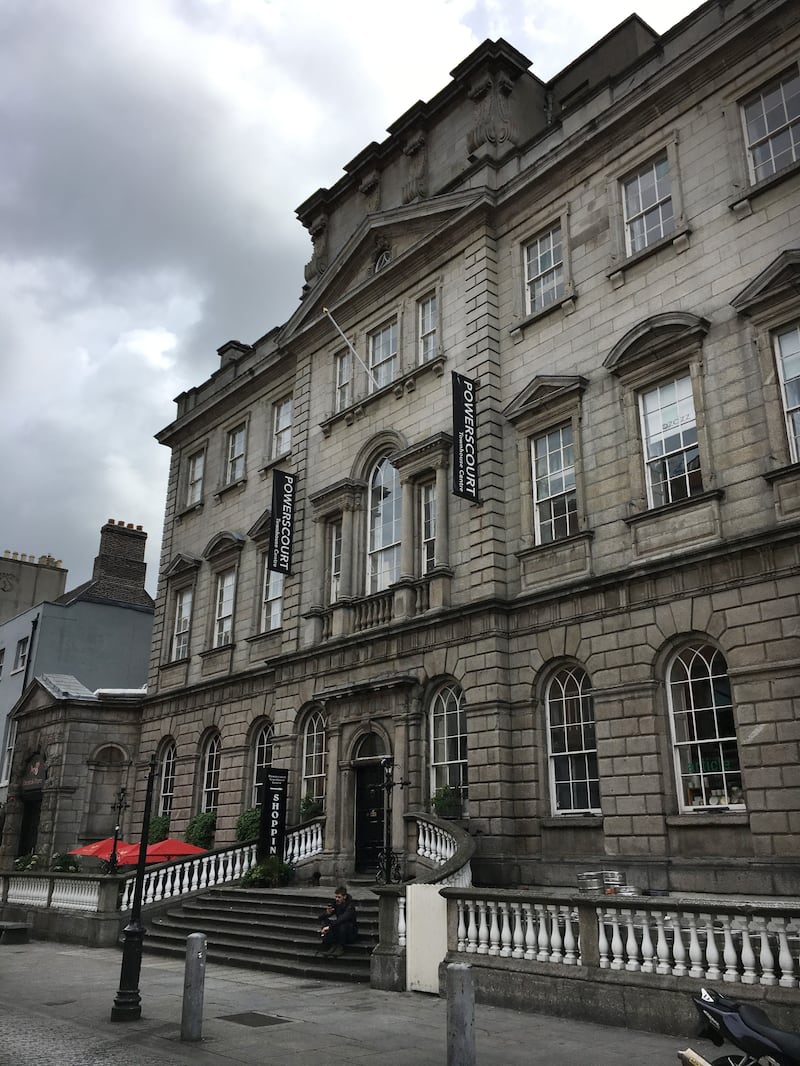A winner’s medal from the Liffey Swim secured at the tender age of 15, a silver platter to commemorate his pioneering development of Dublin’s Powerscourt Townhouse Centre, and a passport to represent his love of travel. The three items brought up to the altar at last Tuesday’s funeral Mass for Robin Power offered a delightful insight into the life and times of the Cork-born property developer, who died last weekend. And the eulogy delivered by his daughter, Rachel, at the Church of the Assumption of the Blessed Virgin Mary in Dalkey revealed a great deal more.
Power, born in 1943 and raised on MacCurtain Street in the heart of Cork City, went through life saying that it was “always better to be a glass half full than a glass half empty”. That optimistic outlook may go some way to explaining why in his late 20s he made the move from the secure and comfortable living he would have had as a dentist to pursue his passion for property.
His first foray into the world of commercial real estate involved the purchase in 1973 of a restaurant premises on Paul Street in Cork City, which he split into three fashion shop units. His ambitions grew quickly from there and he went on to redevelop three Cork landmarks in the 1970s, namely the Savoy, Queen’s Old Castle and the Victoria Hotel.
In 1982 he moved to Dublin with his three sons from his first marriage, Robert, Ronan and Ross, and it was at this point that his career as a property developer really took off with the construction of the IBI Building at Leeson Street Bridge, the Powerscourt Townhouse Centre and St Stephen’s Green Shopping Centre, which he built in partnership with British Land.
RM Block
In New York and Los Angeles, Power teamed up with Donald Trump, and in the case of the latter city, forged a plan to redevelop the Ambassador Hotel, the place where Bobby Kennedy had been assassinated
In 1983 he met Michelle Kavanagh, the woman who would become his wife of nearly 40 years and mother of his three youngest children, Rachel, Richie and Kate. Robin and Michelle quickly became what Rachel, described in her eulogy as a “dynamic duo in business and as parents”. Power’s business expanded yet again to include developments in London, Manchester and Bristol.
Buoyed by his success in the UK, in 1987, Power brought his company, the Power Corporation, to the stock market. The flotation at 110p per share valued the company at £50 million. The company raised funds from shareholders to increase its British portfolio and to move into the US property market, buying prime properties in New York, San Francisco, Los Angeles and Palm Beach in Florida. In New York and Los Angeles, Power teamed up with Donald Trump, and in the case of the latter city, even forged a plan to redevelop the Ambassador Hotel, the place where Bobby Kennedy had been assassinated.

But the Power Corporation was pushed into a precarious financial position as property values in the US and Britain slumped and its partners ran into difficulties. The shares, which peaked at 215p in 1990 and had fallen to 27p by late 1992, and were suspended at 1½p in October 1995. Power resigned from the company to facilitate its restructuring, and with personal debts of £8 million – money he had borrowed to buy company shares.
While such an outcome would have marked the end of many a property career, Power bounced back the following year with a fresh focus on the upper end of Dublin’s residential market. From that point on, he and his wife, Michelle busied themselves with numerous, astute investments in prime properties on the sought-after stretch of coast from Sandycove to their home on Dalkey’s Sorrento Terrace.
His lifelong love and appetite for property never dimmed. He saw opportunity in everything, his funeral Mass was told, and even up to last week, he was still scanning the property pages looking for a good deal.














